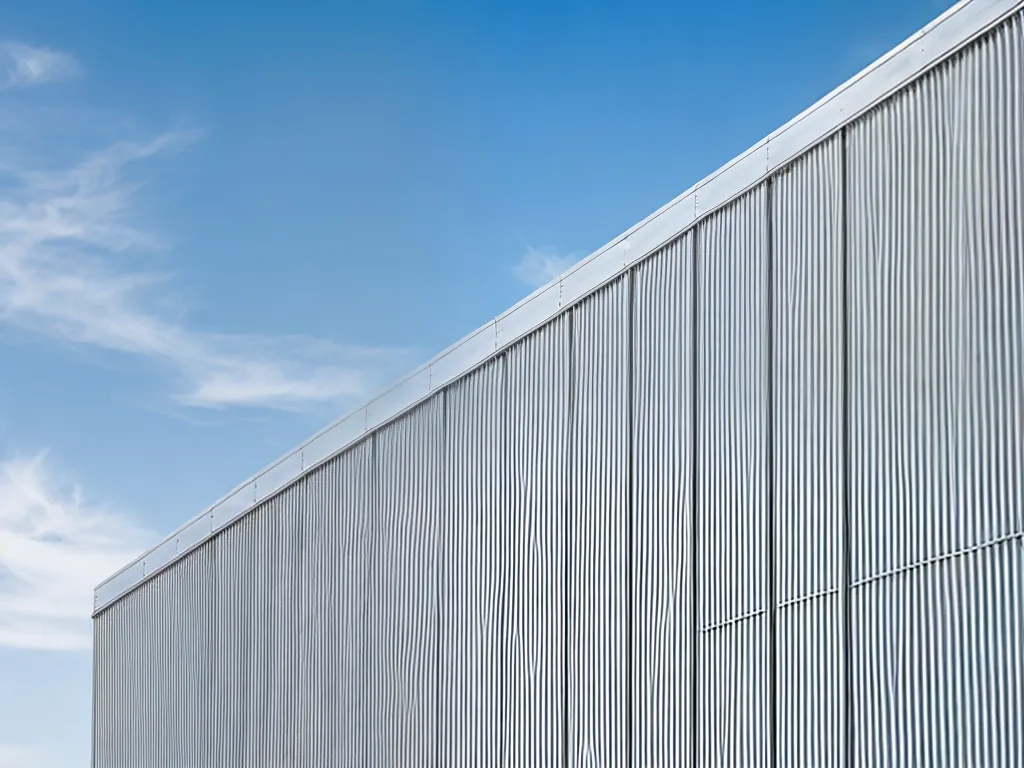
Improving Safety and Reducing Costs By Replacing Aluminum Building Wire
Introduction
Aluminum building wire became popular in the 1960s and 1970s as an inexpensive alternative to copper wiring. However, it has become clear over time that aluminum wiring poses serious fire hazards and should be replaced with safer copper wiring. In this article, I will discuss the dangers of aluminum building wire and the benefits of upgrading to copper.
Dangers of Aluminum Building Wire
Aluminum wiring is unsafe for several reasons:
Tendency to Oxidize
- Aluminum readily forms a brittle insulating oxide coating when exposed to air and moisture. This oxide layer causes connections to loosen over time.
- Loose connections lead to overheating and arcing, which can ignite fires.
Different Expansion Rates from Copper
- Aluminum expands and contracts at a different rate than copper and other metals. This leads to loose connections as temperature changes cause materials to expand and contract at different rates.
- Loose connections pose a severe fire hazard.
Lower Ampacity Than Copper
- Aluminum has a lower ampacity (current carrying capacity) than copper. This means wires must be thicker to carry the same current load.
- If undersized aluminum wires are used, they can dangerously overheat.
Dangers of Loose Connections
The main risk posed by aluminum building wire is loose connections leading to overheating and arcing. This can occur at outlets, switches, junction boxes, breaker panels, and wire splices. Warning signs include:
- Flickering lights
- Discolored or warm outlets
- Fuses blowing or circuit breakers tripping for no reason
These are signs of loose connections and dangerous electrical arcing. If observed, a qualified electrician should inspect the system immediately before a fire occurs.
Benefits of Upgrading to Copper
Upgrading aluminum wiring to copper provides several benefits:
Fire Safety
- Copper's superior connectivity characteristics avoid the overheating issues of aluminum. This greatly improves fire safety.
Insurance Savings
- Many insurance companies offer premium discounts for replacing aluminum wiring with copper. Savings of 5-10% are common.
Increased Home Value
- Upgraded wiring increases a home's value and marketability. Homebuyers are often hesitant to purchase a home with aluminum wiring.
Added Peace of Mind
- Eliminating the fire risk of aging aluminum wiring provides added peace of mind. This is especially beneficial for homeowners with children.
Cost of Replacement
The cost to replace aluminum building wire with copper depends on several factors:
- Size of the home
- Complexity of the wiring system
- Accessibility of the wiring
According to electricians, total replacement costs often range from $3,000 to $15,000. While not inexpensive, this cost can be recouped through insurance savings and increased home value. Spreading the replacement over several years can make the process more affordable.
Prioritizing the Work
When undertaking an aluminum wiring replacement project, focus first on locations posing the greatest hazards:
- Main electrical panel
- Branch circuit wiring
- Wall outlets and switches
- Light fixture connections
Replacing these high-risk locations provides the greatest safety improvement per dollar spent.
Conclusion
Older aluminum building wiring poses a severe fire risk due to its tendency to overheat at connections. Upgrading to copper wire significantly improves safety. While not a small expense, the benefits include reduced insurance costs, increased home value, and most importantly - improved safety for your family. Replacement costs can be managed by selectively addressing the highest risk locations first.